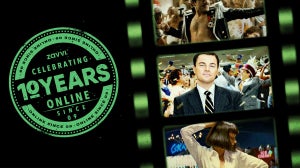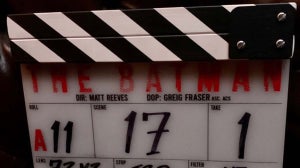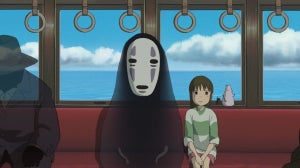
David Cronenberg's body horror masterpiece was a box office bomb upon release, but its reputation quickly grew. Initially a cult sensation, it's now heralded as one of the finest genre films of its era.
Just last year, we examined how the film's themes have only grown more relevant in the time since its original release - and as Videodrome is now celebrating its milestone anniversary, we figured it was time to take an even deeper dive behind the scenes.
The movie is already a wild, uncomfortable ride, but the director initially wanted to push the concept even further, which nearly came to fruition via an otherwordly epilogue that took us deeper into the twisted machinations of Videodrome.
Long Live The New Flesh

For those of you who have never seen the 1983 movie, drop whatever you're doing and watch it now. Not just because it's a great film, but because we're about to dive deep into spoilers - plus, you've had 40 years to catch up, so you should probably get round to it.
To re-establish the scene, TV executive Max Renn (James Woods) has become obsessed with a warped satellite broadcast named Videodrome, a seemingly endless loop of non-staged sexual violence and murder.
However, he soon discovers that it's somehow even more sinister than simply that - the broadcast is designed to physically alter the mental state of anybody who would choose to watch gratuitous sex and violence, ridding America of its moral decay.
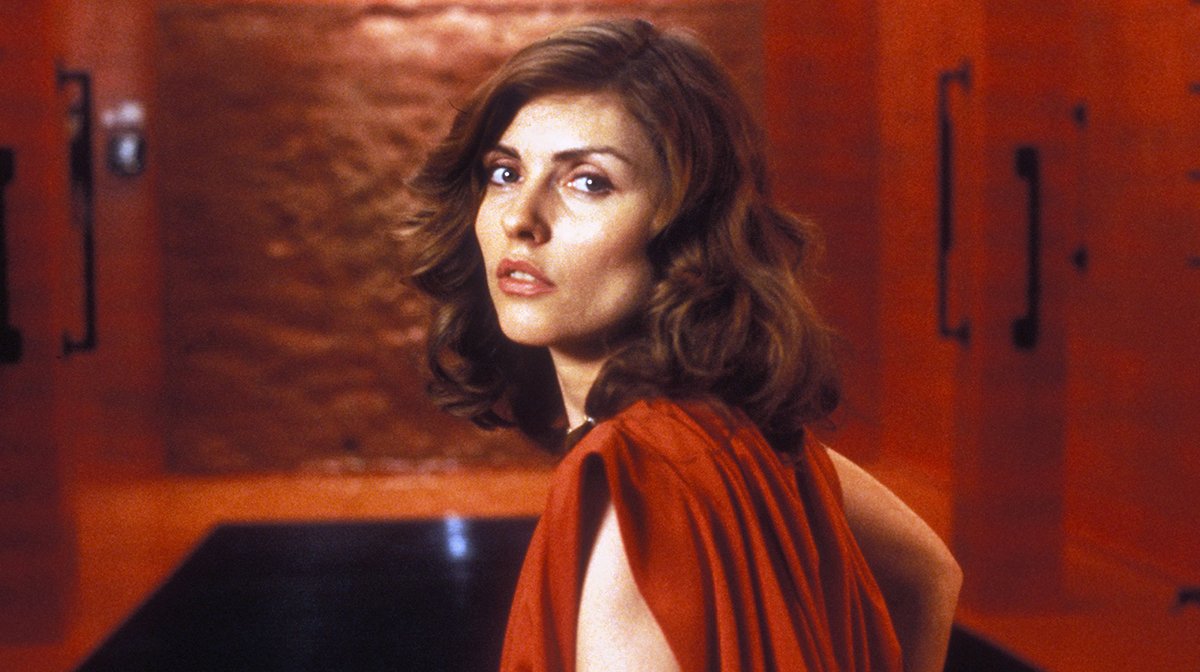
With Max having developed a fatal brain tumour through viewing the broadcast, he sets about murdering those who turned him on to the show.
He's told via the TV set that he has "weakened" the power of Videodrome, but to fully stop its influence, he needs to do one last thing: kill himself, or in the parlance of the film, leave "the old flesh" behind and embrace the "new flesh".
As this is a Cronenberg movie, the mental transformation is accompanied by a visceral physical one, with Max's body turned into a human Betamax player by the time his mind has been completely altered.
It's a perfect work of horror satire in this sense, poking fun at the conservative notion that violent movies are a plague on society, while also sincerely analysing it - it's far more complex in the points it raises than it may initially appear.
A Trip To The Afterlife
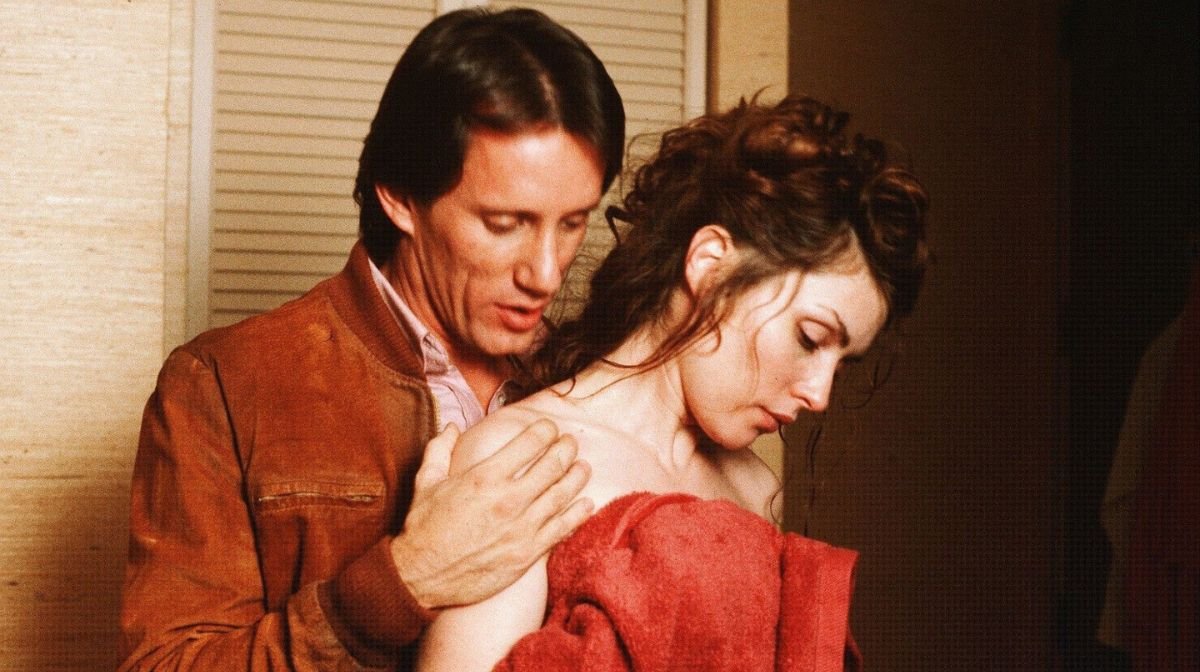
And originally, the mythology of Videodrome was set to complicate this theme even further. Three separate endings were shot, with the one we see in the final film being the preference of Woods.
However, in the original screenplay, his suicide was followed by a surreal trip to an afterlife styled after the nightmarish broadcasts - a vision of Max's personal heaven that's far closer to hell.
Here he'd meet back up with his murdered former lover Nicki (Debbie Harry) on a replica of the Videodrome set, with other characters appearing alongside him, with the same vagina-like slits in their chests housing videotapes and other organs.

However, the tone would be completely different, played completely straight in what Cronenberg joked was: "[My] version of a happy ending: boy meets girl on the Videodrome set."
The reason this was scrapped is equally intriguing: as an atheist, Cronenberg realised he didn't want to commit to shooting a sequence that confirmed the existence of an afterlife, no matter how disturbing it was.
For all the thematic density of the film, he didn't want viewers to leave with any religious interpretation of what he had depicted - so, how could such a sequence be intended as a dark extension of the film's depraved subject matter?
Resurrecting The "Old Flesh"
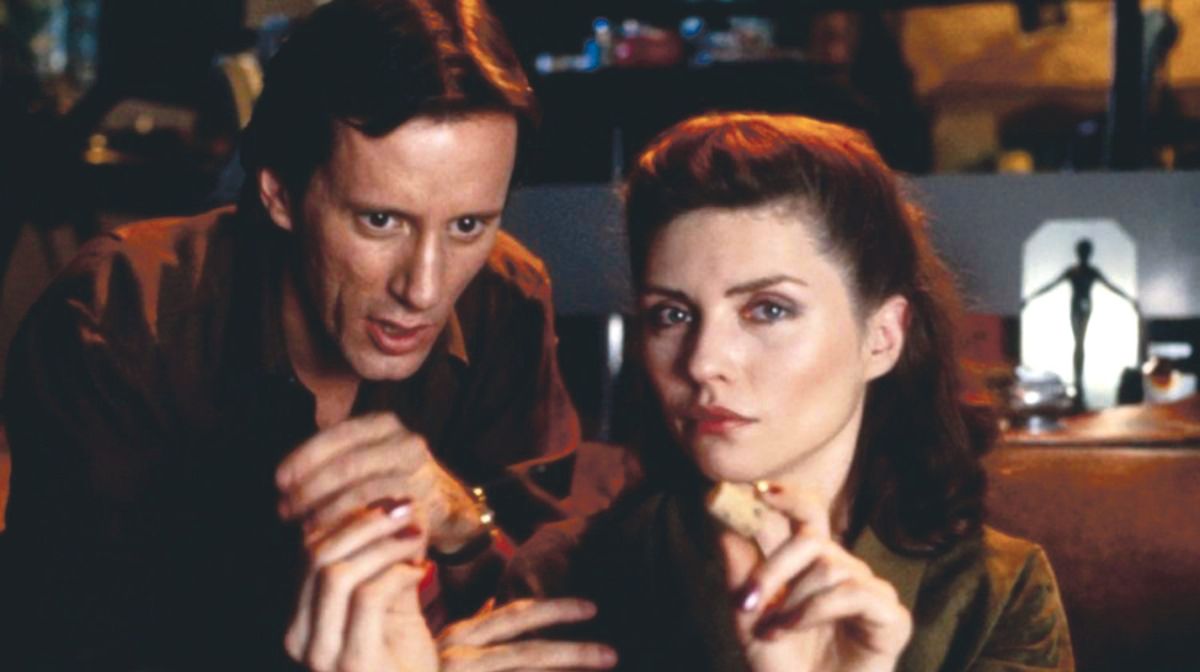
Quite simply, this was intended to be a direct hallucination of what the "new flesh" looked like - because having vagina shaped-slits across Max's torso in which Betamax tapes could be inserted just wasn't extreme enough.
Fittingly for Cronenberg, this epilogue would heavily utilise Freudian rebirth imagery, with the film's secondary characters depicted with their organs falling out and blood trickling down the walls of the set.
And while it signaled Max embracing the "new flesh", to Cronenberg's atheist perspective, this was presumably the last images that flashed in front of Max's eyes before he passed away - adding an even more sour note to this already ironic happy ending.

This sequence would further highlight how the brain warping technology of the video broadcasts would alter their viewer's perspectives right up until their dying moments, only further underlining the terror created.
As for how this alternate ending could extend the film's satirical takedown of conservative fear-mongering about violent movies, this would be much more complicated.
In fact, the best way to view it is along the same lines as Jordan Peele's Nope, another terrifying, satirical analysis about how our addiction to depraved 'spectacle' has transformed us for the worse.
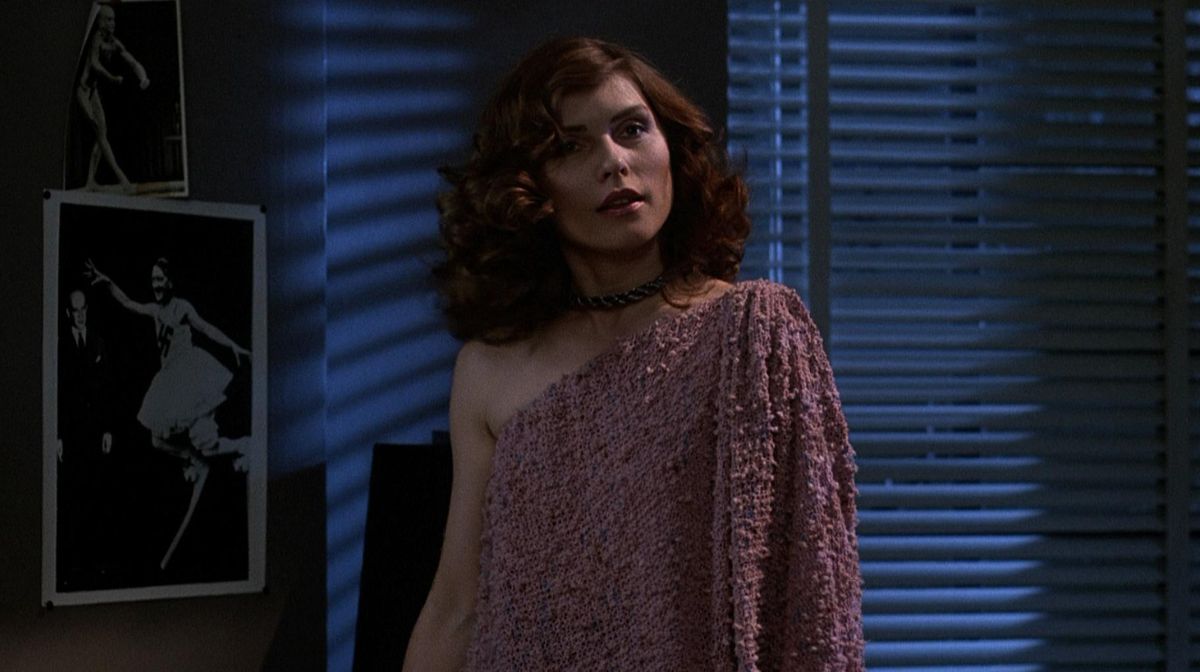
At no point in Cronenberg's film do you see anybody familiar with the secrets of the Videodrome broadcasts look at a television screen, knowing that the images they've manufactured are impossible to turn away from.
As much as the film is poking fun at the self-designated moral crusaders in media, it's equally a provocative exploration of who profits from exploitative material on-screen: those who are least harmed by it being the ones who create it.
The original ending pushes this thesis to its ultimate conclusion. When the only movies being made are those that depict violent spectacle, of course this is what the perfect happy ending is going to look like.
Long live the new flesh and Cronenberg's still-disturbing satirical vision.
For all things pop culture, follow us on Facebook, Instagram, Twitter, and TikTok.


